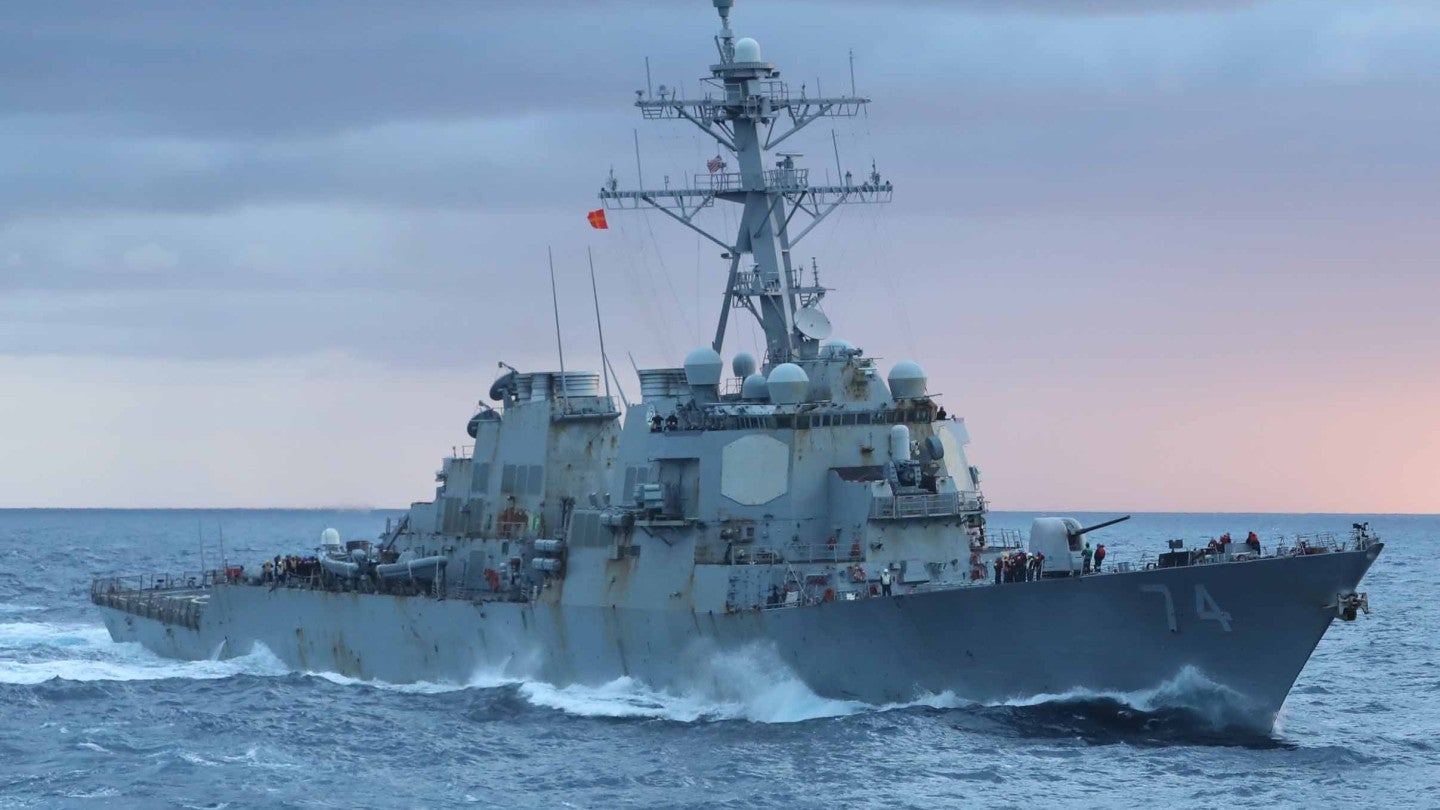
Gecko Robotics has been selected to provide advanced robotic assessments for two additional warships in service with the US Navy.
The two vessels include the US Navy’s first amphibious assault ship and an Arleigh Burke-class destroyer.

Discover B2B Marketing That Performs
Combine business intelligence and editorial excellence to reach engaged professionals across 36 leading media platforms.
The latest work expansion announcement comes after the US Navy approved Gecko’s Rapid Ultrasonic Gridding (RUG) process.
Gecko will develop digital models for both vessels, leveraging its wall-climbing robots and artificial intelligence (AI)-powered software platform.
This model will help in increasing the speed of maintenance work cycles, while simultaneously minimising the two warships’ time in dry dock.
Gecko Robotics CEO and co-founder Jake Loosararian said: “We are proud to have a mature technology that has been tested and approved by both navy technical leaders and sustainment officials charged with reducing the navy’s maintenance backlog.

US Tariffs are shifting - will you react or anticipate?
Don’t let policy changes catch you off guard. Stay proactive with real-time data and expert analysis.
By GlobalData“Sailors of the US Navy have a vital mission in an increasingly complicated geopolitical environment and Gecko stands with them to ensure they have the tools they need to do their jobs safely and effectively.”
Gecko’s wall-climbing robots and software platform have previously yielded positive results while working with the US Navy, along with the Office of the Secretary of Defense, the National Center for Manufacturing Sciences, the US Naval Ship Repair Facility and Japan’s Regional Maintenance Center.
Citing data gathered by the Navy, Gecko said that its technology has helped in the reduction of lead time and work hours invested in the maintenance cycles of a particular naval vessel.
The US Navy found that Gecko’s process further increased data availability and helped in identifying defects that were not highlighted through conventional methods. For instance, Gecko’s method can reduce a ship’s rudder inspection lead time from 11 days to one.
Traditional procedures capture around 100 data points for one maritime platform while Gecko’s new solution can capture more than 4.2 million data points.





